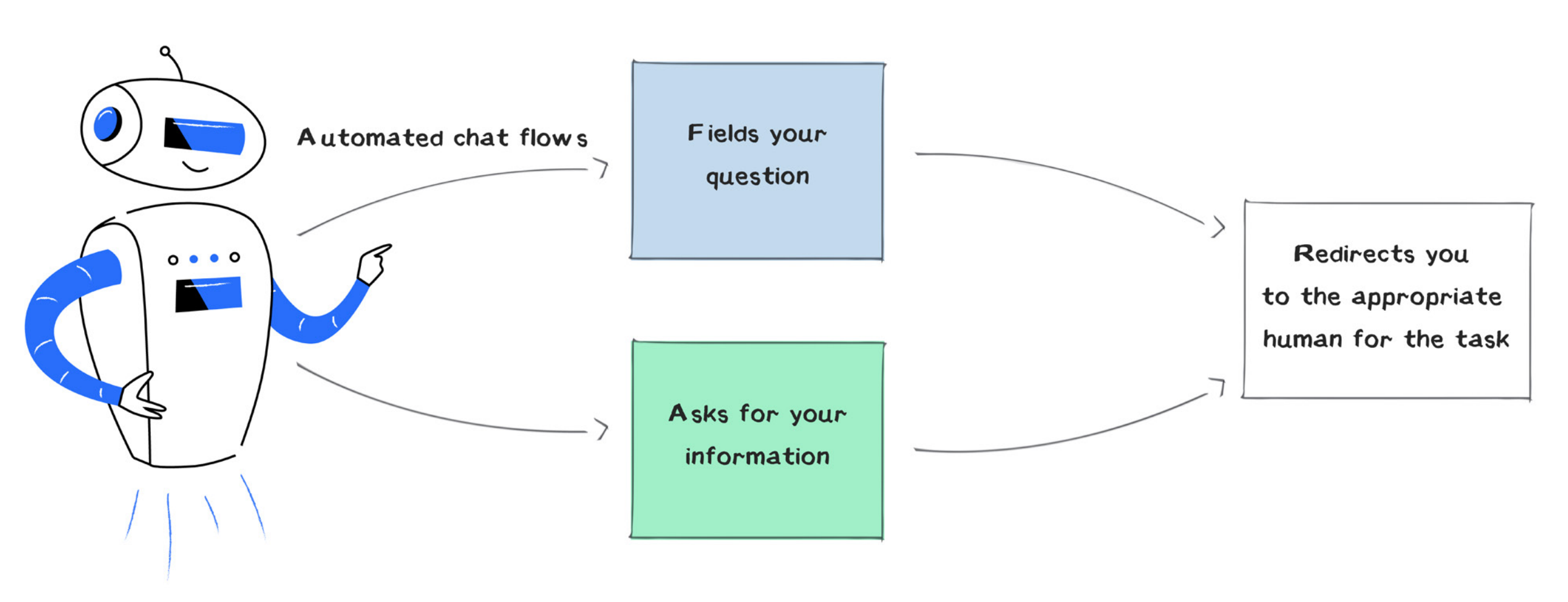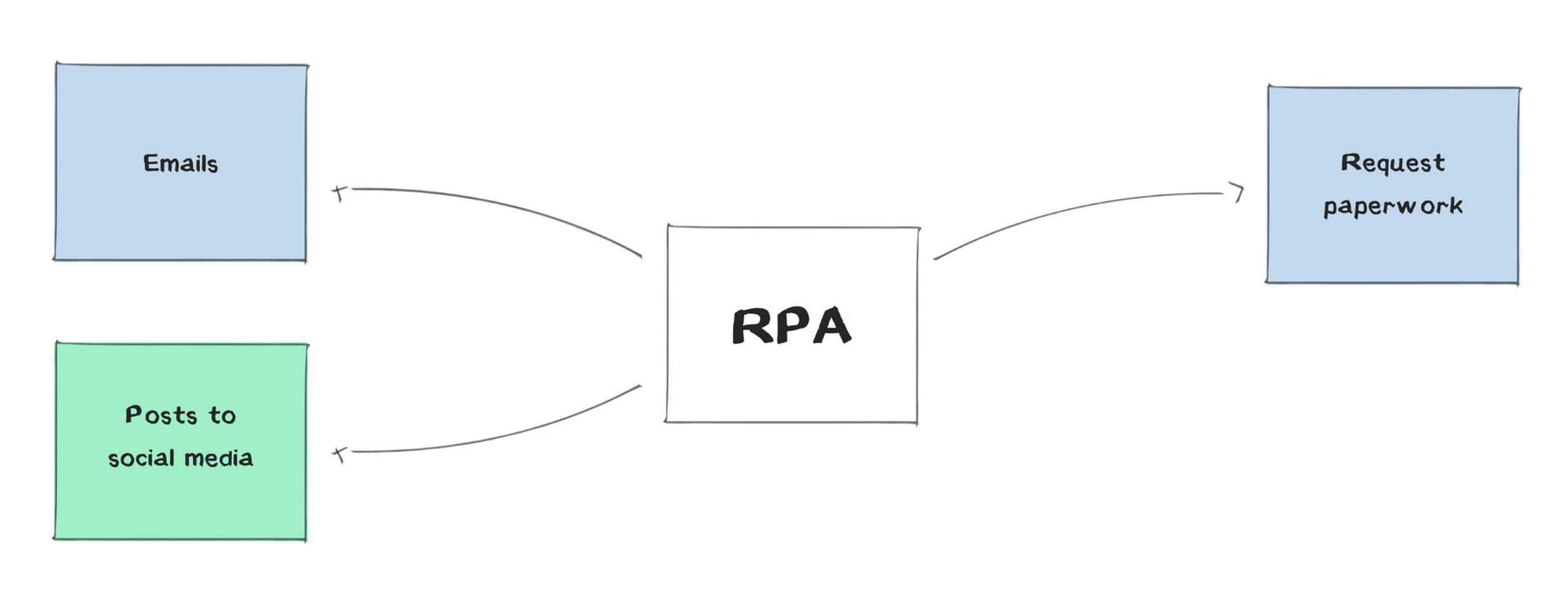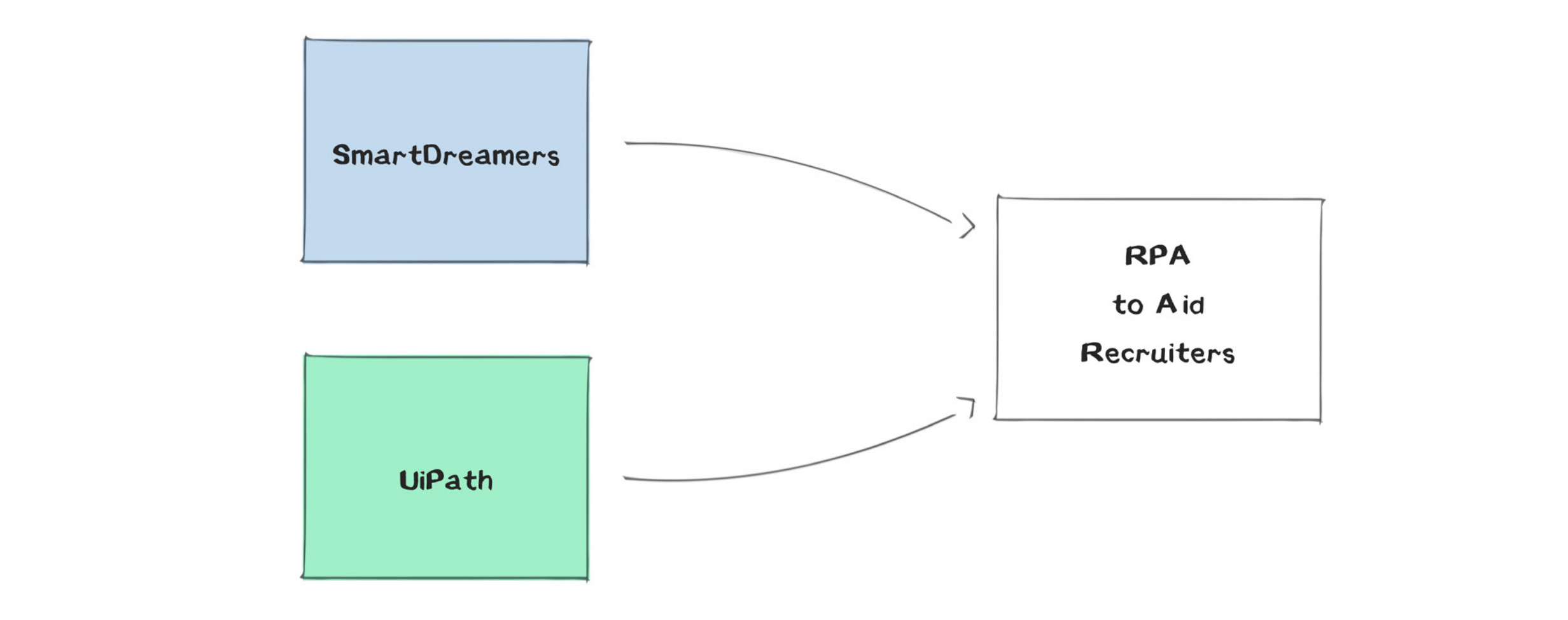What is Robotic Process Automation?
A closer look at Robotic Process Automation (RPA) and how can robots work side-by-side with recruiters.

Mihai Ceusan
Founder and CTO
Now, when we say robots, what we really mean is Robotic Process Automation, or RPA. RPA is a process by which rote and repetitive tasks are carried out systematically by programmable “robots.” You may have seen this technology at work in automated chat flows on your favorite websites: the robot fields your initial question, asks for your information (a task that has to be carried out for every interaction), and then lets you know that you’re being directed to the appropriate human for the task.

Nothing too fancy is really going on here, but RPA is cutting out a number of time-consuming steps that a human would otherwise have to repeat over and over again during the course of a day, month, or year.
One of the canonical examples of this in HR is the implementation of chat bots on a corporate website that can carry out simple conversations with visitors in order to either collect some basic information (like a CV or a resume) or to more efficiently reroute the user’s queries to the correct person within the company. Again, this might not sound like much, but by automating the first few exchanges in every online customer or candidate interaction, businesses can recoup valuable minutes that can quickly add up to hours and even days of productive time.
Though RPA and AI —another potentially impactful technology— are often brought up in the same breath, it’s crucial to draw a distinction between them. Unlike many AI workflows, RPA can usually be integrated into a company’s existing software environment; this makes it ideal for the automation of the kinds of repetitive tasks that happen over and over again in the life of a business: sending boilerplate emails, posting to social media, requesting paperwork from new hires, etc. If it’s something you could ask an intern to do on his or her first day, you can probably automate it.

Keep in mind that RPA is optimized for low-level tasks, which means
that, conceptually, it’s not a tool for replacing or reshaping the
work done by recruiters in their fields. Rather, it offers the potential
to make recruiters better at their jobs by giving them the time to
home in on tasks that reward creativity and insight: broad strategic
strokes, crafting creative employer brand messaging, connecting
and engaging directly with candidates, etc.
One of the world leaders in this technology right now is UiPath, a company that’s recently gained notoriety as Romania’s first startup with a billion-dollar valuation. As it happens, UiPath is a client of ours, and together we were able to brainstorm some ways that RPA could make life easier for recruiters.

Given some of the challenges of recruitment marketing that we discussed above, we were determined to find a means of using RPA to streamline tasks that would otherwise consume inordinate amounts of recruiters’ time.
We believed that, by combining our expertise in the field of recruitment
marketing with their world-leading RPA abilities, we could reduce the number of repetitive, menial tasks that HR departments had to complete on a daily basis. In so doing, we would be improving the capabilities of recruiters around the world, who would all of a sudden find themselves with more time for creative, people-centric work.